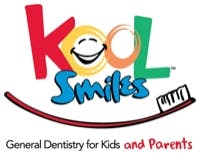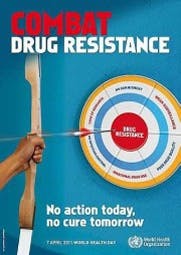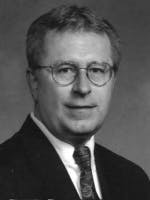Battle of the bugs
With increased visits to the dental office, as well as more international travel and a growing need for access to care, there is a real risk of disease transmission from patient to care provider, from care provider to patient and from patient to patient. Recent reports of actual and potential cross contamination in dental healthcare settings suggest that the risk of disease transmission is universal.(1) There is no region of the world that could not benefit from improvements in infection prevention and safety education, research, or policy development.The Center for Disease Control (CDC) recommends practicing good hand hygiene by washing with soap and water or using an alcohol-based hand sanitizer.(2) The Hand Hygiene Guidelines were developed in 2002 by the CDC's Healthcare Infection Control Practices Advisory Committee (HICPAC), in collaboration with the Society for Healthcare Epidemiology of America (SHEA), the Association of Professionals in Infection Control and Epidemiology (APIC) and the Infectious Disease Society of America (IDSA).(3) The hand hygiene guidelines are part of an overall CDC strategy to reduce infections in health care and other settings to promote patient safety.(4) The guidelines outline handwashing, the use of gloves, alcohol-based handrub, finger nail care, efficacy of antiseptic agents, systems for measuring improvements in adherence to these hand hygiene recommendations, and contact dermatitis.To maintain a clean environment, they also recommend establishing cleaning procedures incorporating the use of EPA approved surface disinfectants for frequently touched surfaces that come into direct contact with people’s skin.(5)
Until new drugs are developed, there are measures we can take to reduce and slow down the resistance of bacteria to our antibiotics. One of the many is that we can actively prevent and control infections in health services and beyond. You and I, as health care professionals, can make a difference. Vaccines, practicing proper hand hygiene, adhering to hospital, state, and national antibiotic guidelines, and practicing proper infection control in the office are all things that we can do to help combat this problem. We await further improvements in infection prevention and safety education, research, or policy development.
Thanks to all contributors to this issue who have written articles to help us in our infection control efforts.
“Sometimes, antibiotic resistance is not preventable. It’s Darwin’s theory of evolution--the survival of the fittest.” (Dr. Christopher Lee, Hospital Sungai Buloh, Department of Infectious Disease).
One last thing. Kindly respond to The National Center for Dental Hygiene Research research study, National Survey of Dental Hygienists: Oral Cancer, which is seeking "baseline information on the knowledge, opinions and practice behaviors of dental hygienists related to oral cancer prevention and early detection."
References
1. osap.site-ym.com/resource/resmgr/Docs/OSAPAnnRpt.2011.pdf.
2. www.cdc.gov/handwashing/.
3. www.cdc.gov/handhygiene/.
4. www.cdc.gov/media/pressrel/fs021025.htm.
5. www.cdc.gov/OralHealth/infectioncontrol/.
6. World Health Day 2011, Director-General Statement. www.who.int/world-health-day/2011/presskit/WHD2011-DGstate-EN.pdf.
7. www.who.int/infectious-disease-report/2000/.
8. Boucher HW, Talbot GH, Bradley JS, Edwards JE, Gilbert D, Rice LB, Scheld M, Spellberg B, and Bartlett J. IDSA Report: Bad Bugs, No Drugs: No ESKAPE! An Update from the Infectious Diseases Society of America. Clin Infect Dis. (2009) 48(1): 1-12 doi: 10.1086/595011.
Sincerely,
Maria Perno Goldie, RDH, MS
To read previous RDH eVillage FOCUS introductions by Editorial Director Maria Perno Goldie, go to introductions.









